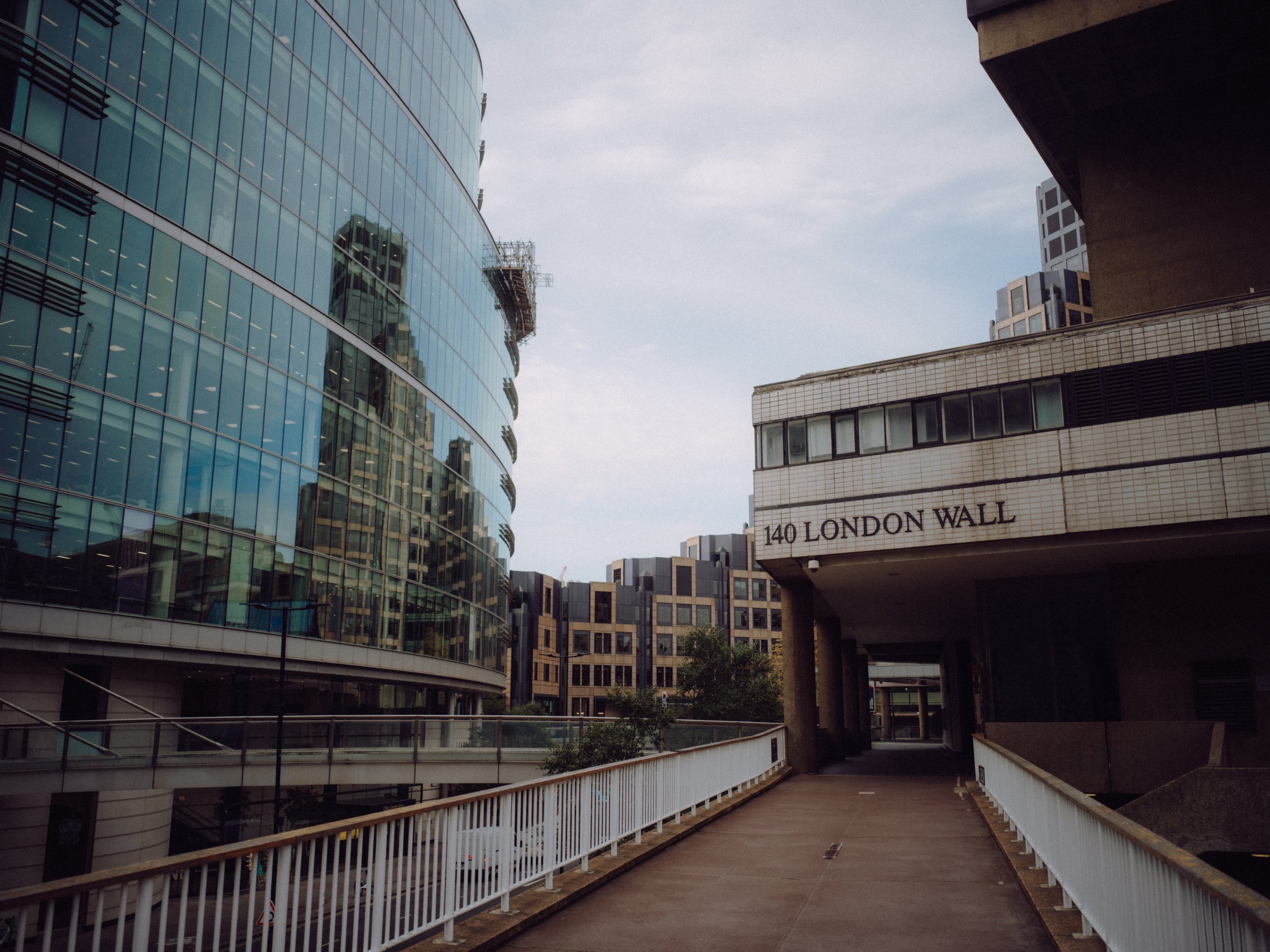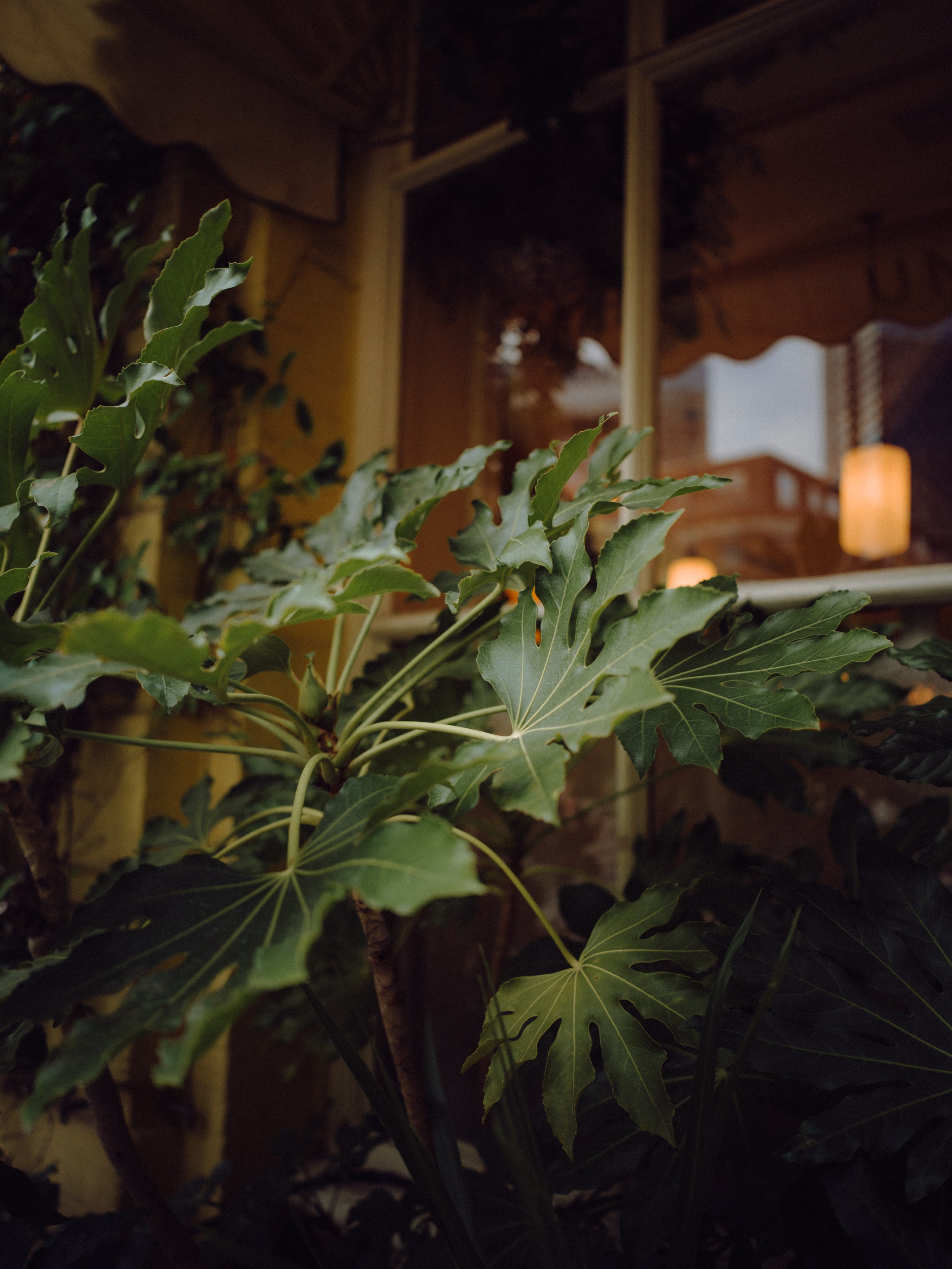Hasselblad X2D 100C Review
Thoughts on the X2D
I’ve titled this as a review, but perhaps I should add that this isn’t a review where I will be photographing charts, checking corner sharpness or pixel peeping. But rather this is a collection of my thoughts and feelings after testing this camera out and seeing if I think it would fit into my workflow as a working photographer. But more than that is it a camera I would have fun and enjoy using beyond its tech specs and ability to get a job done? As someone who loves photography and enjoys taking photos for fun as well as running a photography business, I need to make sure I try to tick both of those boxes with the cameras I use.
Recently I’ve been testing out a load of cameras from Sony, Canon, and Leica to see which kit might suit my style and approach to photography best and when I saw the Hasselblad X2D get released last year it piqued my interest too. Hasselblad is a camera company with such a rich history, unique and high-quality colour science and a passion for making cameras with a great user experience. Over the past year, I have seen a lot of incredible photos taken on this camera, particularly in the travel and commercial photography space, most notably from Austin John. This camera intrigued me and I felt compelled to rent one and test it out for myself. So when I was down south in England in October I took the short train ride into London to pick up the camera and the XCD 2,5/38V lens from the Pro Cente camera rental store in Hackney.
That being said I want you to remember this is just my thoughts and opinions and you will gain the best insight into this camera by testing one out and using it yourself. With that disclaimer out of the way let's dive into my thoughts.
Hasselblad X2D 100C + XCD 2,5/38V - ISO 64 | f/19 | 0.5 sec
Whilst using the Camera:
My immediate first impression when picking up the camera was that the grip felt incredibly comfy, probably the most ergonomic of any camera I’ve used. I do have relatively large hands, but it’s equally not too thick that someone with small hands wouldn’t be able to grip the camera well either, it just feels as if there’s just more space to hold onto than a usual camera. The camera feels beautifully built and looks awesome, it’s also pretty lightweight for what it is - it feels a similar weight to using any of the full-frame mirrorless bodies with a prime on.
Most reviews online talk about the autofocus and rate of shooting being much slower, and whilst this is true I don’t think it is as massive a downside as you might think. The autofocus is actually very usable and quick and if you need to manually focus, the clutch and focus peaking mechanism is very clever and simple.
The one thing I felt was lacking was a joystick or pad for moving the focus point or navigating the menus. That would make the shooting experience a lot more enjoyable for me as I do like to use the EVF and then adjust my focus point. However there is a workaround where you can use a small section of the screen as a touchpad to control the focus whilst you have the camera to your eye, but it doesn’t feel as natural. I’m sure you would get used to it with time but I am not a fan. You can also centre focus and then re-compose or touch focus when using the LCD if you prefer using that over the EVF.
The EVF is very clear too and feels immersive when you look through and the screen is really good quality and large making it great for reviewing/focusing. On the whole, the camera feels easier to shoot when looking at the screen rather than the EVF. I’m not sure if this was intentional but if you enjoy shooting like that it does feel built for it.
The menu is incredibly simple and stripped back - almost worryingly at first as I’m used to so many options with a Sony or Canon camera or even a Leica, so I felt concerned that I didn’t have something essential in the right mode but all was fine.
Hasselblad X2D 100C + XCD 2,5/38V - ISO 64 | f/2.5 | 1/340 sec
Hasselblad X2D 100C + XCD 2,5/38V - ISO 200 | f/2.5 | 1/350 sec
The Lens - XCD 2,5/38V
The lens is beautifully made too and feels so well-balanced with this body. I’ve not had the chance to use any of the previous Hasselblad lenses, but from what I have seen online these do feel like quite a step up in their build design and compactness. I think the 38 (30 mm equivalent for full frame) is very near to my perfect focal length for day-to-day and it felt really good to shoot with. Having a 100-megapixel file to work with you also know when shooting you can heavily crop to achieve a tighter look in post too, which I think is quite reassuring if you prefer to use a one-lens set-up but might worry about not having something tighter with you.
The one thing I have gotten used to from Sony GM lenses, Leica M-lenses and the Q2 is having an aperture ring on the lens. Whilst the XCD V lenses do have an aperture ring it’s not marked with hard stops and just spins completely like the ring on some of the Canon RF lenses. I enjoy the marked aperture ring on the lenses listed above and this is a real downside for me from a user experience perspective. I know it’s not a big deal in the slightest for most people but it’s just my preference.
I also really liked the lens cap design, maybe not aesthetically, but from a functional perspective it feels very secure and solid compared to most lens caps.
Hasselblad X2D 100C + XCD 2,5/38V - ISO 64 | f/2.5 | 1/750 sec
Hasselblad X2D 100C + XCD 2,5/38V - ISO 64 | f/2.5 | 1/500 sec
Overall thoughts on my shooting experience
The user experience overall is quite tactile, the camera feels amazing to hold, and the EVF and screen are stunning. The things it lacks for me are a focus toggle or pad, a marked aperture ring on the lenses and a physical shutter speed top dial. All those things would make this a pretty perfect camera for me, but again that’s just my personal preference. Overall whilst I loved using the camera I was left feeling like it wasn’t quite the right camera for me based on the shooting experience.
Hasselblad X2D 100C + XCD 2,5/38V - ISO 200 | f/2.5 | 1/350 sec
Hasselblad X2D 100C + XCD 2,5/38V - ISO 200 | f/2.5 | 1/380 sec
Hasselblad X2D 100C + XCD 2,5/38V - ISO 64 | f/2.5 | 1/580 sec
Backing up the photos and thoughts on file sizes
Firstly, being able to back up the photos straight from the internal 1 TB SSD is awesome. I love the internal storage this camera has and that we are starting to see it in other cameras too like the Leica M11 series of cameras. The X2D stores 4600 or so images internally and each one is around 200 MB+, so they are hefty files. I backed up my photos using a USB-C cable that was provided by the rental store straight from the camera to my MacBook Pro internal SSD. The camera did get pretty hot backing up the 500 photos (110 GB) I had taken and it took 40 minutes to transfer them all across.
My immediate thought was that are these huge files going to be a pain if you used this camera long-term. But I do think this camera with the slower shooting approach does encourage you to be more considered with your shots so I do think in general you would shoot less with this camera compared to a full frame or crop sensor camera so perhaps the overall size of projects may be similar? That is just a guess though.
Hasselblad X2D 100C + XCD 2,5/38V - ISO 200 | f/2.5 | 1/300 sec
Hasselblad X2D 100C + XCD 2,5/38V - ISO 400 | f/2.5 | 1/300 sec
Editing the Photos
After the initial excitement of picking up the camera, it was when got into editing the files that I really felt that excitement again. The colours feel so rich, particularly once you start to get deep into editing them. The same edit on the Hasselblad files feels noticeably more vibrant than it would on my Sony or Leica cameras. There feels to be more depth and richness of colour in the photos. I think it might be a combination of the higher-resolution files and the 16-bit colour depth, but the photos just seem to feel more immersive than from other cameras I’ve used.
It was when I was editing that I saw how incredible the handheld slow shutter shots are. The first image in this blog was shot at about 0.5 sec and I definitely could have gone much slower and still had a sharp image based on what I have seen others online do. That being said I have added a lot of grain as the minute details aren’t as important to me in photography, but the detail of the raw photos is wild. I will say though in terms of detail, it doesn’t feel too drastically different from the 61 mp of the A7RV that I use regularly but the difference in colour depth is certainly noticeable when you get into the edit.
Finally, exporting is much slower than a lower-resolution camera, but again that is understandable and to be expected with these kinds of file sizes.
Hasselblad X2D 100C + XCD 2,5/38V - ISO 400 | f/11 | 1/320 sec
Hasselblad X2D 100C + XCD 2,5/38V - ISO 64 | f/2.5 | 1/1100 sec
Final thoughts on the X2D 100C
Mostly a brilliant camera I would say with some caveats. Some aspects of the camera I absolutely love, but other aspects feel not quite right for me and the way I like to take photos. Overall I’d say the user experience is great but there are a couple of bits lacking for me like the missing focus joystick or pad and the hard aperture stops on the lens. The aperture thing I could live without and I am sure most people don’t care about that either, but the touch focus just doesn’t feel as natural to me as having a physical joystick or pad to move your focus point around or navigate the menus.
The files this thing produces are incredible and I loved editing them. They look decent enough straight out of the camera but this camera is definitely made for those people that love editing or want to get a lot out of their photos in post. I can see this being an unreal camera for someone in a studio who has it locked off on a tripod or even handheld and will really benefit from that high resolution for billboard or large print campaigns. I do think it is still great as a travel and commercial photographer and if it had a focus joystick I would be tempted by this camera as a one-camera one-lens set-up for almost everything I do in that field. For weddings or events, I personally would say this camera was a bit too slow to photograph in the way I like to, but for some, you might find it a perfect match. So overall for me, it’s a no for the time being, but perhaps if they released another version that wasn’t so touch-screen heavy and maybe had 50 megapixels instead to bring down the price I might be tempted to go for it…
I hope you enjoyed the review and if you want to see some more photos from the camera you can continue scrolling through the rest of the gallery from my day in London.
Hasselblad X2D 100C + XCD 2,5/38V - ISO 800 | f/2.5 | 1/350 sec
Hasselblad X2D 100C + XCD 2,5/38V - ISO 200 | f/2.5 | 1/300 sec
Hasselblad X2D 100C + XCD 2,5/38V - ISO 200 | f/2.5 | 1/270 sec
Hasselblad X2D 100C + XCD 2,5/38V - ISO 200 | f/2.5 | 1/250 sec
Hasselblad X2D 100C + XCD 2,5/38V - ISO 1600 | f/2.5 | 1/350 sec
Hasselblad X2D 100C + XCD 2,5/38V - ISO 400 | f/2.5 | 1/350 sec
Hasselblad X2D 100C + XCD 2,5/38V - ISO 800 | f/11 | 1/250 sec
Hasselblad X2D 100C + XCD 2,5/38V - ISO 800 | f/2.5 | 1/430 sec
Hasselblad X2D 100C + XCD 2,5/38V - ISO 64 | f/2.5 | 1/430 sec
Hasselblad X2D 100C + XCD 2,5/38V - ISO 64 | f/2.5 | 1/580 sec
Hasselblad X2D 100C + XCD 2,5/38V - ISO 1600 | f/2.8 | 1/250 sec
Hasselblad X2D 100C + XCD 2,5/38V - ISO 64 | f/2.8 | 1/540 sec
Hasselblad X2D 100C + XCD 2,5/38V - ISO 800 | f/8 | 1/30 sec
Hasselblad X2D 100C + XCD 2,5/38V - ISO 400 | f/2.5 | 1/350 sec
Hasselblad X2D 100C + XCD 2,5/38V - ISO 800 | f/2.8 | 1/300 sec
Hasselblad X2D 100C + XCD 2,5/38V - ISO 400 | f/2.8 | 1/400 sec
Hasselblad X2D 100C + XCD 2,5/38V - ISO 64 | f/2.5 | 1/300 sec
Hasselblad X2D 100C + XCD 2,5/38V - ISO 64 | f/2.5 | 1/580 sec
Hasselblad X2D 100C + XCD 2,5/38V - ISO 64 | f/2.5 | 1/1100 sec
Hasselblad X2D 100C + XCD 2,5/38V - ISO 64 | f/2.5 | 1/750 sec
Hasselblad X2D 100C + XCD 2,5/38V - ISO 64 | f/2.5 | 1/800 sec
Hasselblad X2D 100C + XCD 2,5/38V - ISO 64 | f/2.5 | 1/400 sec
Hasselblad X2D 100C + XCD 2,5/38V - ISO 64 | f/2.5 | 1/750 sec
Hasselblad X2D 100C + XCD 2,5/38V - ISO 200 | f/2.5 | 1/320 sec
Hasselblad X2D 100C + XCD 2,5/38V - ISO 400 | f/2.5 | 1/380 sec
Hasselblad X2D 100C + XCD 2,5/38V - ISO 400 | f/2.5 | 1/250 sec
Hasselblad X2D 100C + XCD 2,5/38V - ISO 64 | f/2.5 | 1/430 sec
Thanks for reading!
Simon













